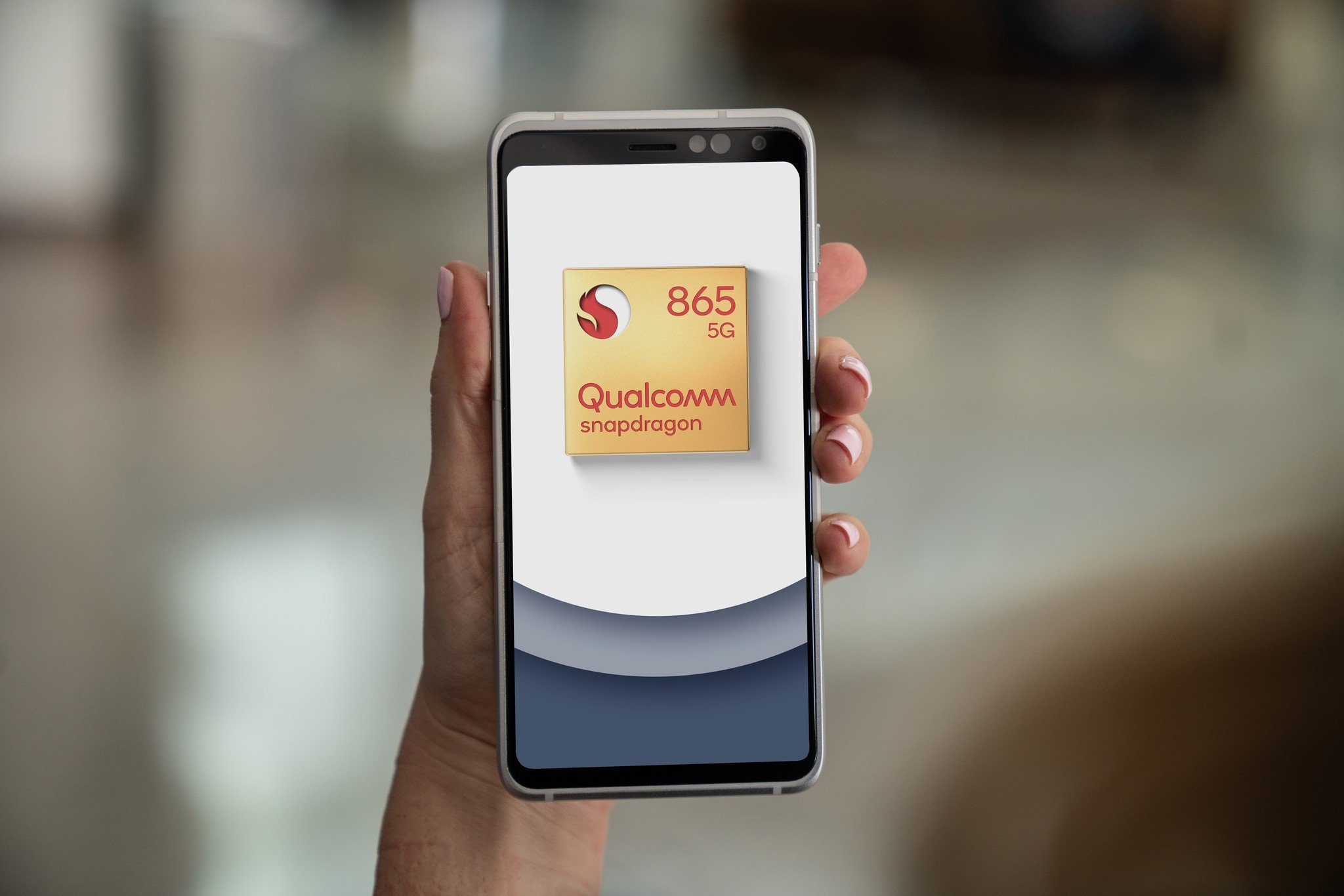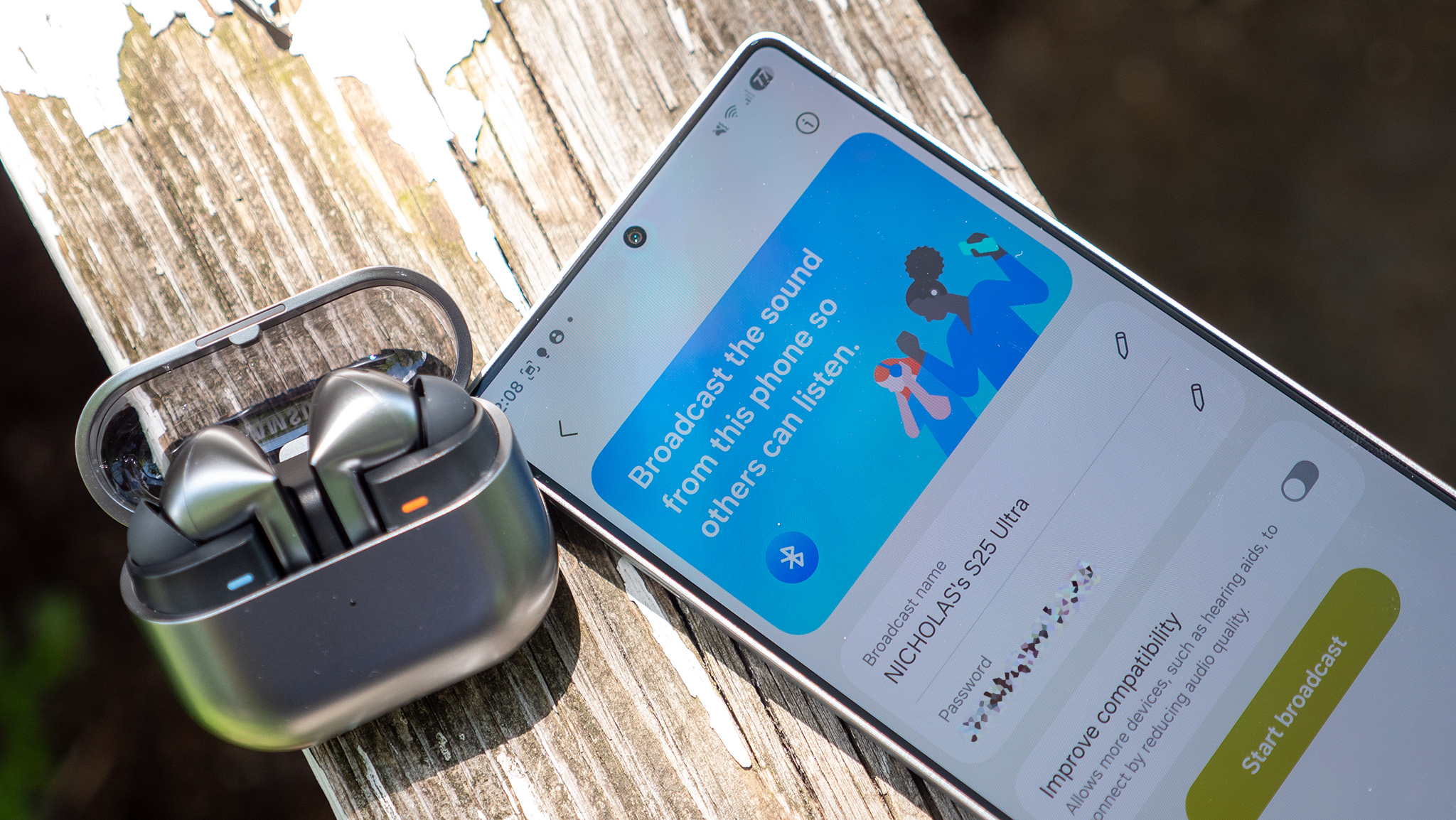Qualcomm Snapdragon 865 vs. Snapdragon 855: What's the difference?

Qualcomm's annual refresh is here, with the Snapdragon 865 set to power next year's flagships. The Snapdragon 855 was a reliable workhorse — powering most flagships released this year — but Qualcomm is facing increased competition in the high-end category from HiSilicon and MediaTek.
With the Snapdragon 865, Qualcomm is offering massive gains in CPU, GPU and AI performance, and the chipset also features ARM's latest Cortex A77 cores, delivering a 20% uptick in CPU performance as well. We'll only be able to get an idea as to how the Snapdragon 865 performs once we get our hands on consumer-ready hardware, but let's take a high-level overview of the specs to see what's changed.
| Category | Snapdragon 865 | Snapdragon 855 |
|---|---|---|
| CPU | 1 x 2.84GHz Kryo 585 (Cortex A77) 3 x 2.42GHz Kryo 585 (Cortex A77) 4 x 1.80GHz Kryo 585 (Cortex A55) | 1 x 2.84GHz Kryo 485 Gold (Cortex A76) 3 x 2.42GHz Kryo 485 Gold (Cortex A76) 4 x 1.80GHz Kryo 485 Silver (Cortex A55) |
| GPU | Adreno 650 20% performance boost | Adreno 640 |
| Display | 4K, QHD+ at 144Hz | 4K |
| Memory | Up to 16GB LPDDR4X at 2133MHz LPDDR5 at 2750MHz | Up to 16GB LPDDR4X at 2133MHz |
| Modem | None Snapdragon X55 LTE Cat 24 5G (External) | Snapdragon X24 LTE Cat 20 Snapdragon X50 5G (External) |
| ISP | Spectra 480 Up to 200MP photo 64MP/dual 25MP zero shutter lag | Qualcomm Spectra 380 Up to 48MP photo Dual 22MP zero shutter lag |
| Video | 8K at 30 fps 4K at 120fps 720p at 960fps unlimited recording Dolby Vision, HDR10+, HDR10 10-bit H.265 | 4K at 60fps 720p at 480fps HDR10+ 10-bit H.265 |
| Connectivity | Wi-Fi 6 Bluetooth 5.1 | Wi-Fi 6 Bluetooth 5.0 |
| AI Engine | Hexagon 698 Qualcomm Sensing Hub | Hexagon 690 All-Ways Aware Hub |
| Charging | Quick Charge 4+ Quick Charge AI | Quick Charge 4+ |
| Node | 7nm | 7nm |
Qualcomm is sticking with the same 1+3+4 core configuration as last year, but the switch to the Cortex A77 cores facilitates better performance. The frequencies are unchanged as well, and Qualcomm is now offering stock Cortex cores instead of the semi-custom design we've seen over the last three generations. However, the cores are still branded under the Kryo label. By using the latest cores available, Qualcomm is able to deliver better performance without increasing the frequencies.
The Snapdragon 865 has considerable gains in all key areas over the Snapdragon 855.
The Adreno 650 retains the same architecture as last year, but it now comes with more shader cores, leading to much better performance. Qualcomm is also rolling out upgradable drivers from this generation — much like NVIDIA and AMD — and that should lead to better visuals for new titles. The chipset is also compatible with 144Hz panels, suggesting we'll see a few phones powered by 144Hz displays — including Samsung. This is potentially a huge change as it allows Qualcomm to update drivers as new games make their debut on the Play Store.
On the ISP side of things, Qualcomm is offering compatibility with 200MP imaging sensors — a huge upgrade from 48MP on the Snapdragon 855. That's a big deal as devices like the Mi Note 10 with its 108MP sensor had to rely on the mid-range Snapdragon 730 platform for this reason. This will potentially allow flagship phones in 2020 to feature up to 200MP camera modules.
Qualcomm is also enabling 8K video at 30fps, and 4K at 120fps from this generation, but that's particularly noteworthy is the ability to shoot unlimited 720p video at 960fps. The Hexagon 698 DSP is also picking up huge gains, with Qualcomm noting that it offers double the performance as the 690 on the Snapdragon 855. That means a faster AI engine for things like computational photography and always-on digital assistants.
There's no integrated modem this time with the Snapdragon 865, with Qualcomm instead pushing for an external solution in the Snapdragon X55 5G modem. Qualcomm is selling the Snapdragon 865 as a package deal with the X55 modem, so all phones that feature the chipset will offer the X55 5G modem as well. So if you are looking to get a phone with a Snapdragon 865, it will have a 5G modem with global bands — there's no 4G-only option this time around.
Get the latest news from Android Central, your trusted companion in the world of Android
There's definitely a lot to like in the Snapdragon 865, but we'll have to wait until early 2020 to get our hands on devices powered by the chipset. Qualcomm is going all-in on 5G with the platform, and it will be interesting to see what that does to phone pricing in the flagship segment.
Bascailly, what you need to know is that the Snapdragon 865 is faster and will allow device makers to add exciting new features, like 144Hz screens and up to 200MP camera modules. The Snapdragon 855 is still plenty good — and will be for at least a few years — so there really isn't a need to upgrade to a phone with a Snapdragon 865 unless you want to get on the 5G bandwagon.

Harish Jonnalagadda is Android Central's Senior Editor overseeing mobile coverage. In his current role, he leads the site's coverage of Chinese phone brands, networking products, and AV gear. He has been testing phones for over a decade, and has extensive experience in mobile hardware and the global semiconductor industry. Contact him on Twitter at @chunkynerd.
